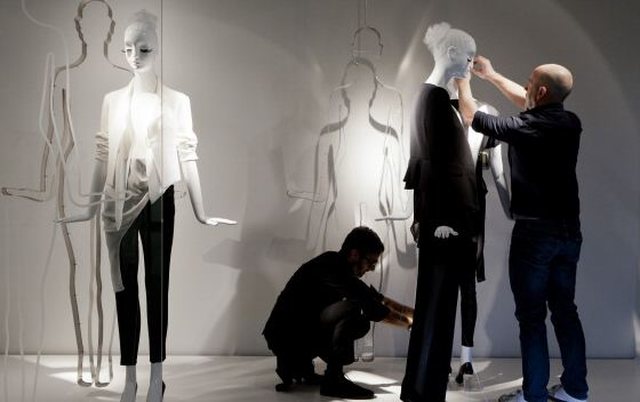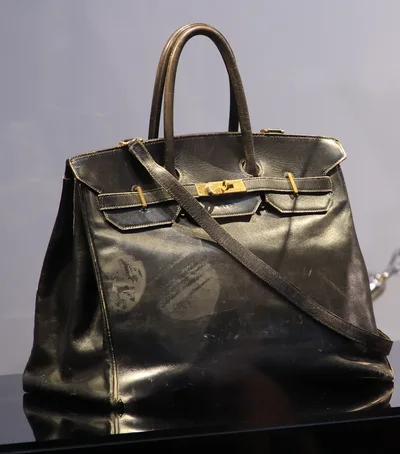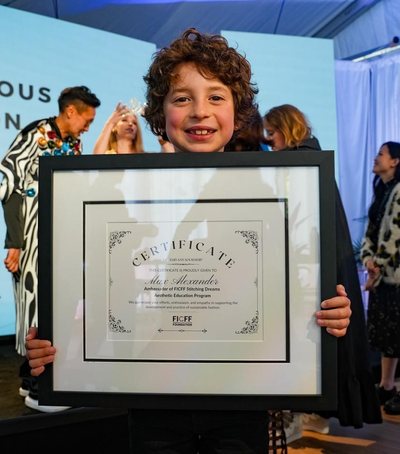
Zara has created an emperor in the market and pot a iamgjinoni, founder Amancio Ortega began with a simple store selling cheap attire. While today, the company's annual income is billions of dollars. Clients spend a lot of money in Zara. However, have you ever wondered what makes people want to buy new clothes over and over again?
Bright Side has analyzed the marketing strategy of this brand and has identified several tricks that it uses to "capture" its customers.
1. The most expensive clothes are placed at the entrance, so they get your attention.
At Zara's stores, the dress is adjusted according to the price. At the entrance there are the most expensive clothes. Stylists hope that their customers immediately fall in love with these outfits. Cheaper clothes are at the other end of the store.
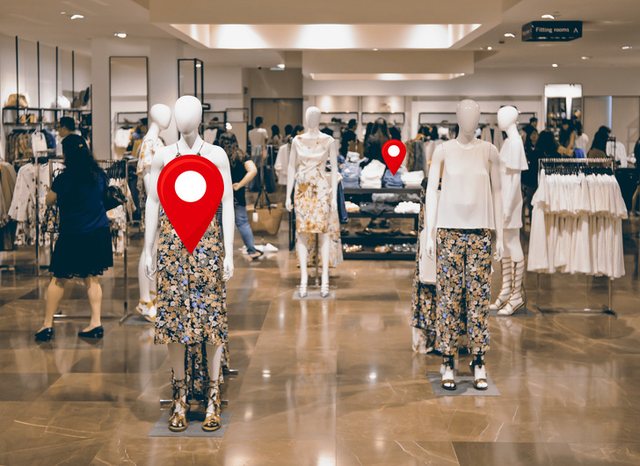
2. Clothes, shoes and bags are placed next to each other for one reason.
There are no departments in Zara's shops. Clothes, bags, shoes and equipment are located in the same area. You do not have to wonder what shoes are going to wear. The stylists have decided for you.
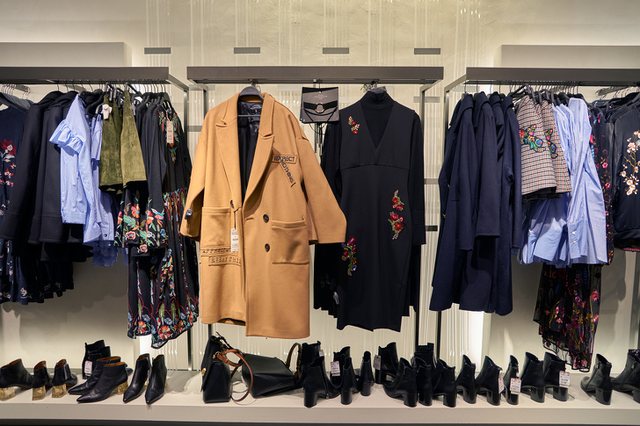
3. The brand has a subconscious influence on you: it makes you feel like you are part of the elite.
Zara will never open a store near a Walmart, Auchan, or some other supermarkets. The brand pays much attention to the location of their stores. Shops are open only in major shopping malls or major city streets.
Look carefully: There is almost always an elite shop near a Zara store. Of course, they have stylish and beautiful clothes, but they are too expensive. And Zara is different: by placing their stores near the elite stores, they say, "Our clothes are also elegant." But the average price in Zara is much lower. In other words, Zara gives you the opportunity to feel stylish getting dressed cheaper.
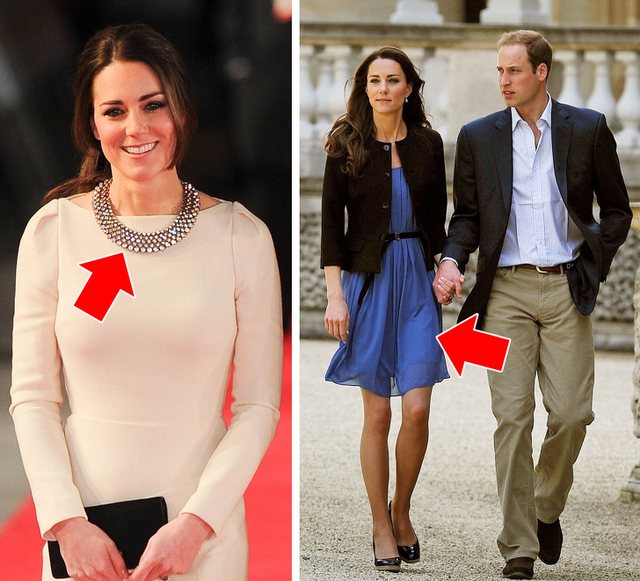
4. The brand creates the illusion of lack
Zara creates the effect of absence. Basically they want your brain to think "If you miss the opportunity to do it now, you will never see it again". This means that the jacket that you have liked 10 days ago may disappear from the shelves and never appear again. Creating that feeling for their clients puts them ahead of choice and the brain gets the impulse "Get it right now". Impulsive purchases are good for retailers, but bad for the customer. In the end, most of us repent for the purchase that we made last minute.
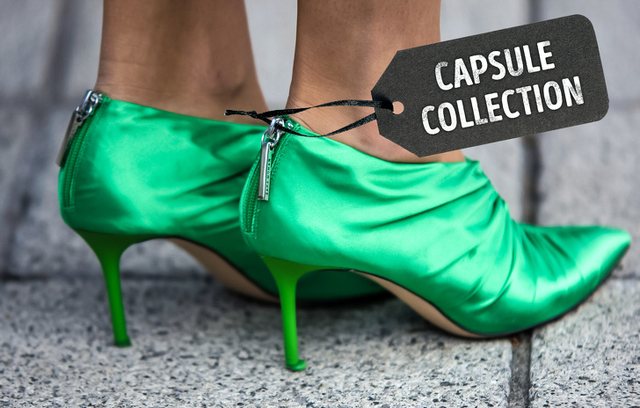
5. Zara has special stores where no client will ever break.
Zara has stores that will never be visited by regular customers. Testing stores are hidden in the Spanish headquarters. If you have visited Zara in different places, you may have noticed that the interior design in them is very similar. A team of 30 architects thought of every detail: the color of the light bulb and even the floor structure that is supposed to have a positive impact on consumers.
Experimenting in testing shops, stylists choose the optimal height of the fabric hangers, and the height of the dresses.
